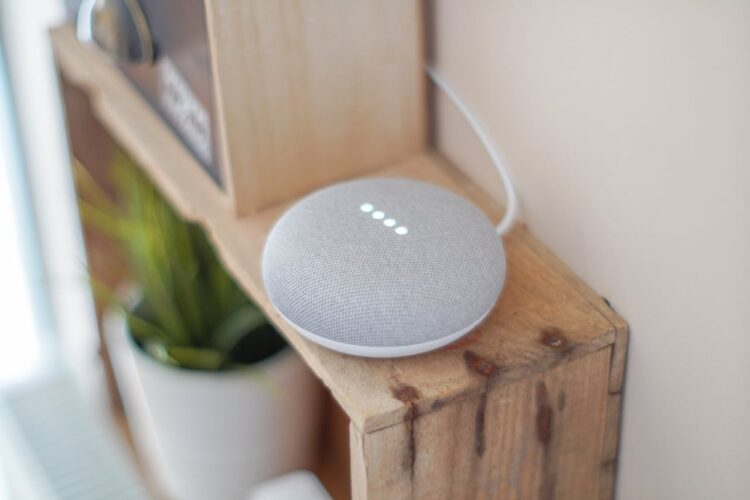The emerging ecosystem of energy harvesting is set to revolutionise the Internet of Things (IoT), with projections indicating that shipments of Ambient IoT devices will soar to 1.1 billion units by 2030. This innovative category of connected devices can harness energy from various environmental sources, paving the way for a new era of sustainable technology.
ABI Research, a leading global technology intelligence firm, highlights how a robust network of energy-harvesting component manufacturers is fuelling this growth.
“Innovation has been led by the designers of power generators, focusing on optimising techniques to convert ambient energy into usable energy,” says Jonathan Budd, an industry analyst at ABI Research. He emphasises the role of Power Management Integrated Circuits (PMICs) that are being developed to store harvested energy efficiently.
The specialised ecosystems for energy harvesting include solar cells, piezoelectric harvesters, thermoelectric generators (TEGs), and Radio Frequency (RF) harvesters. These technologies enable devices to draw power from low-light conditions, temperature gradients, and even radio signals, vastly expanding their operational capabilities.
Prominent players in this field, such as Wiliot, Exeger, Energous, and Powercast, are at the forefront of designing power generators that unlock new applications for battery-free and hybrid systems.
ABI Research forecasts that by 2030, photovoltaic (PV) harvesting will dominate the market, accounting for 57% of Ambient IoT device shipments, followed by RF harvesting at 36%. Piezoelectric and thermoelectric methods are expected to represent a smaller share, powering 4% and 3% of devices, respectively.
Since 2014, a niche ecosystem of startup PMIC vendors has emerged, focusing on energy harvesting tailored for Ambient IoT applications. The trend is shifting towards ‘energy-agnostic’ power management systems, where PMICs can efficiently handle energy from multiple harvesting methods. This adaptability allows original equipment manufacturers (OEMs) to choose the most suitable inputs based on available ambient energy.
“For customers managing extensive networks of battery-powered IoT devices, the allure of long-term autonomous operation is significant,” Budd adds. The challenge now rests on generator and PMIC suppliers, connectivity standards bodies, and the newly established Ambient IoT Alliance to showcase the cost savings associated with investing in energy harvesting technologies.
As the market evolves, the convergence of innovation and sustainability in Ambient IoT promises to reshape how we interact with connected devices, making them more efficient and environmentally friendly.



